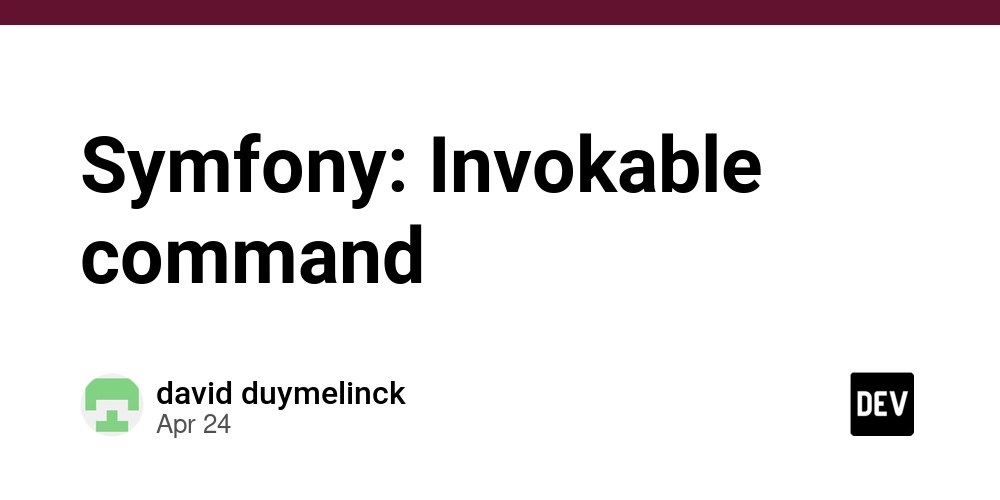
GitLab CI/CD: Automate Your Software Delivery Pipeline (Step-by-Step Guide)
Tired of manual deployments? Discover how GitLab CI/CD, a complete continuous integration and continuous delivery solution, can automate your entire software development lifecycle. This guide will provide actionable insights into effectively using GitLab CI/CD and optimizing your workflows. We'll see how it really stands out from other platforms, focusing on developer experience.
What is GitLab CI/CD and Why Should You Care?
GitLab CI/CD helps automate the processes of building, testing, and deploying your code. Implementing fully automated CI/CD pipelines can:
- Reduce manual errors: Automation minimizes human mistakes in deployments.
- Accelerate release cycles: Get your features to users faster.
- Improve code quality: Automated testing catches bugs earlier.
- Increase developer productivity: Free up developers from repetitive tasks and focus on coding.
GitLab is designed as a complete solution to simplify the setup.
Understanding the GitLab Workflow: Plan, Code, Build
GitLab organizes the software development lifecycle into logical sections:
- Plan: Define issues, track tasks, and create milestones for your project.
- Code: Manage branches, merge code, and handle commits.
- Build: Create pipelines, jobs, and artifacts to prepare your code for deployment.
The Build section is the starting point for CI/CD, transforming code into an executable product.
Creating Your First GitLab CI/CD Pipeline: A "Hello, World!" Example
Let's build a basic pipeline to understand the core concepts:
- Access the Pipelines section: Find it under "Build" in your GitLab project.
- Create a CI/CD Configuration File: This will create a
.gitlab-ci.ymlfile in the root directory. - Define Stages (Build, Test, Deploy): Stages organize your workflow logically and sequentially.
- Define Jobs (Unit Test, Lint Test): Jobs are the individual tasks executed within each stage.
- Commit Changes: GitLab will automatically detect and execute the pipeline based on your YAML file.
Diving Deeper: Jobs, Scripts, and GitLab Runners
- Jobs: Define specific tasks, like compiling code or running tests.
- Scripts: Contain the commands to execute within each job (e.g.,
mvn clean installfor Java). - GitLab Runners: Execute the jobs and send the results back to GitLab.
Think of the script section as your command line, automating the exact steps you'd take manually. GitLab Runners handle all the heavy lifting, freeing your local machine of these tasks.
Leveraging the CI/CD Catalog: Reusable Configurations
The CI/CD Catalog is a treasure trove of pre-configured tools and templates to integrate with your pipelines. Integrate many things into your gitlab automated pipelines, such as:
- Docker: Integrate Docker container builds into your workflow with provided code snippets.
- Python: Find examples for linting (Pylint), testing (Pytest), building, and running unit tests.
- Node.js, Maven, Go: Numerous configurations are available for various technologies to kickstart your setup.
Exploring the catalog eliminates reinventing the wheel and accelerating integration of all kinds of technologies.
Beyond Building: Security, Deployment, and Monitoring
GitLab CI/CD extends beyond building, offering integrated features for:
- Secure: SAST, DAST, dependency scanning, and container scanning for finding vulnerabilities.
- Deploy: Package and container registries, deployment to Kubernetes clusters and Google Cloud.
- Operate: Kubernetes cluster integration, Terraform state management, and Google Cloud integration.
- Monitor: Error tracking, alerts, and incident management.
- Analyze: CI/CD analytics, value stream analytics, and contributor analytics.
This comprehensive approach makes GitLab a one-stop shop for the entire software development lifecycle.
GitLab's Edge: Focus on Developer Experience (DevX)
GitLab stands out with its emphasis on developer experience. GitLab puts the developer first by being:
- Comprehensive Documentation: Learning aids and shortcuts make navigation simple.
- Visual YAML Configuration: User interface elements visualize your YAML configs, making learning easier.
- Streamlined Workflow: Focus on writing code; GitLab automates the rest of the process.
Easy to use tools are essential for developer engagement and productivity. GitLab prioritizes this.
Final Thoughts: Automate Your Way to Success with GitLab CI/CD
By understanding the core principles and leveraging the available resources, you can implement GitLab CI/CD to automate your workflow and optimize your software delivery pipeline. Integrate these steps into your automated CI pipelines to improve quality. Start with a simple pipeline, explore the CI/CD Catalog, and get ready to see improved developer velocity and faster release cycles.























